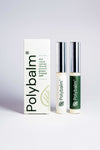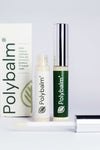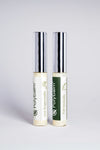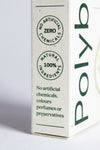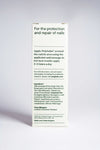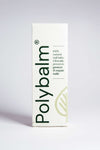Cambridge University Clinical Research
The Only Treatment Clinically Proven to Profoundly Reduce Chemotherapy Nail Damage.
In a published 2018 clinical trial, Polybalm was shown to prevent and significantly reduce nail damage caused by chemotherapy.
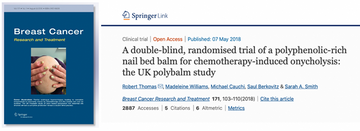
Clinical Trial Results
Key Findings from Cambridge University Study
Published research demonstrates Polybalm's effectiveness in preventing and treating chemotherapy-
induced nail damage with remarkable results.
Signification Nail Protection
Patients using Polybalm experienced significant improvement, less nail breakage, discoloration, and pain than those using the placebo.
97% Prevention of Nail Damage
97% of Polybalm users experienced NO nail damage during chemo, while >50% of placebo users experienced significant nail damage & deterioration.
No Adverse Effects
NO adverse side effects were reported from Polybalm use throughout the entire clinical trial.
Study Methodology
Rigorous Clinical Trial Design
Our study followed the highest standards of clinical research to ensure reliable,
unbiased results that healthcare professionals can trust.
Trial Design
The study participants were men and women who were receiving chemotherapy for breast or prostate cancer at one of Cambridge University’s affiliated Hospitals (Bedford) over a 2-year recruitment period. The participants were randomized (50:50) to apply either a simple petroleum based moisturizing balm to their nail bed three times a day or the investigational balm now known as Polybalm.
Location
Cambridge University (Bedford Hospital)Duration
2-year recruitment periodParticipants
Breast & prostate cancer patientsDesign
Randomized, double-blind, placebo-controlledResults
In all but 1 of the patients in the Polybalm® cohort, there was virtually no nail damage compared to more than half suffering significant damage and distress in the placebo group. In fact, the average patient reported nail related quality hardly changed in the Polybalm® group and the linear scale actually improved between the start and end of the chemotherapy. There were no reported allergies or adverse events related to either creams. The patients in the Polybalm® group who still had some nail changes also suffered from other severe chemotherapy complications including neutropenic sepsis, diarrhea and peripheral neuropathy. The more complete data is reported in the adjacent table.
Assessment Tools
Placebo (Scores)*
Polybalm (Scores)*
Difference (CI)
Power
DLQQ+
-6.10
-0.034
6.06 CI 4.17-7.95
p< 0.00001
LSS*
-64.1
+2.63
66.72 CI 52.97-80.47
p< 0.00001
NPSI
-5.71
0.00
5.71 CI 4.29-7.12
p< 0.00001
LSS
-66.1
-5.79
60.3 CI 45.29-75.32
p< 0.00001
*Change from base line to end of study. +Patients reported outcomes.
Polyblam vs. Placebo results
Polybalm Group
Nail Damage 97% had virtually no damage
Quality of Life No Negative Impact During Trial
Linear Severity Scale Nail Health improved by +2.63
Placebo Group
Nail Damage >56% had Significant Damage
Quality of Life Significantly Decreased During Trial
Linear Severity Scale Nail Health declined by -64.1
The polyphenol rich essential oils and plant-based waxes in this nail bed balm profoundly reduced chemotherapy related nail damage and improved nail related quality of life compared to a plain petroleum-based balm. The 180-fold improvement in nail related quality of life will be welcomed by patients suffering this unwelcome toxicity which would otherwise significantly affect up to half of people receiving chemotherapy. The precise mode of action of this investigational balm would require further evaluation to elucidate and it would be interesting to investigate whether combination with nail bed cooling could further reduce the risk of this distressing toxicity in all patients.
The Natural Power of Polybalm's Unique Formula
Polybalm is carefully formulated using 100% natural plant-based ingredients, chosen for their protective, anti-inflammatory, antimicrobial, anti-fungal and nourishing properties. This unique botanicals blend helps maintain nail strength and health during your nails most challenging times, without any harsh chemicals or synthetic additives.
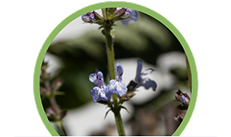
Organic Cocoa Seed Butter
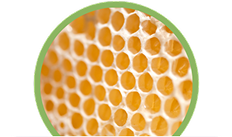
Beeswax
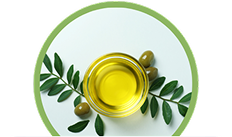
Extra Virgin Olive Oil
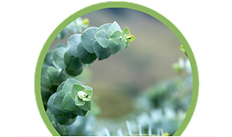
Eucalyptus Leaf
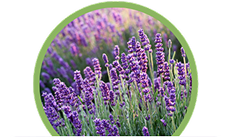
Lavender Flower
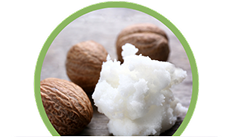
Unrefined Shea Butter
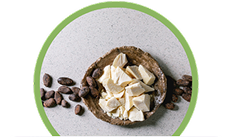
Organic Cocoa Seed Butter
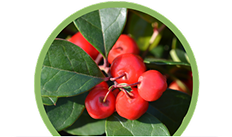
Wintegreen Leaf
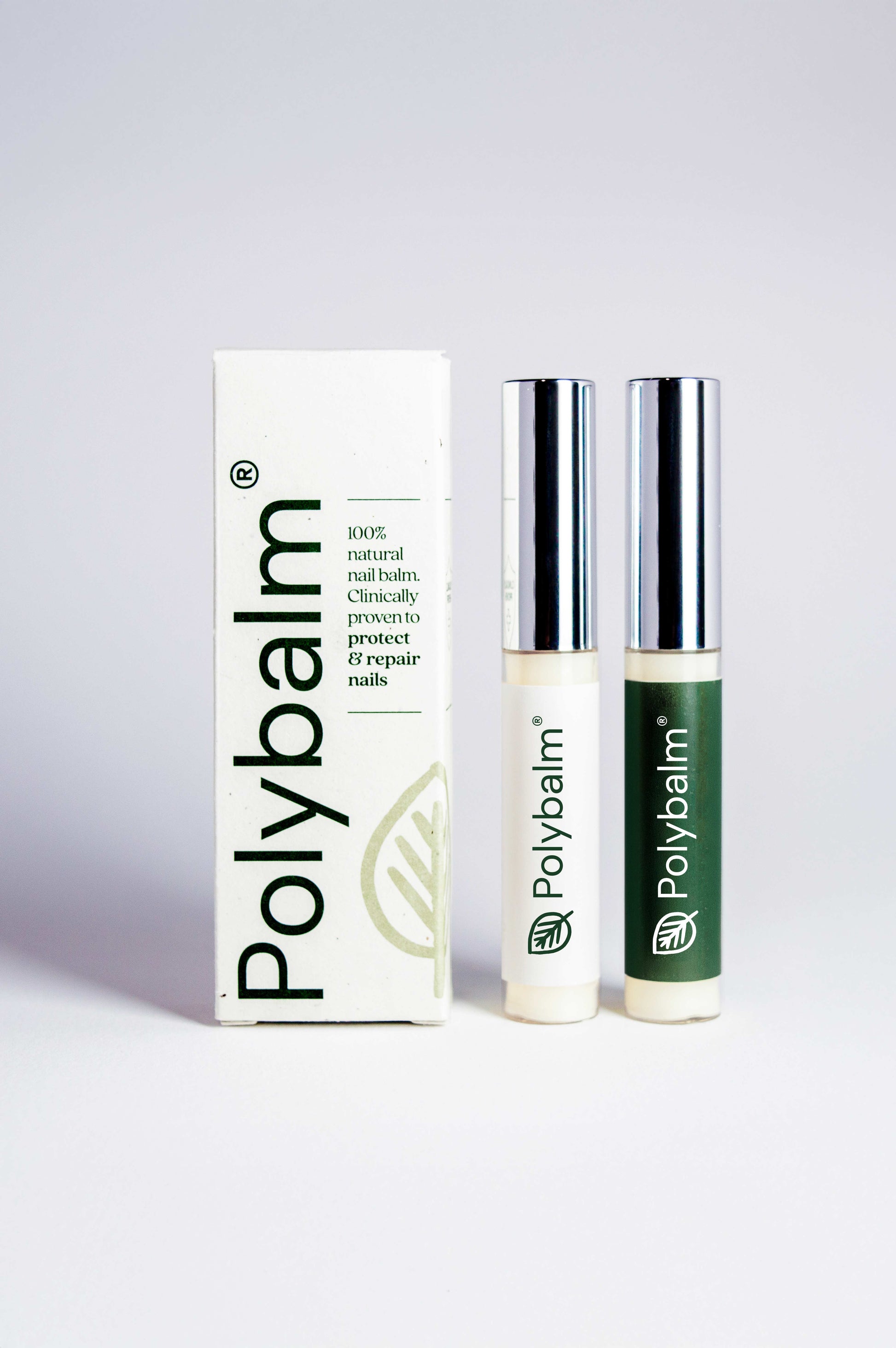
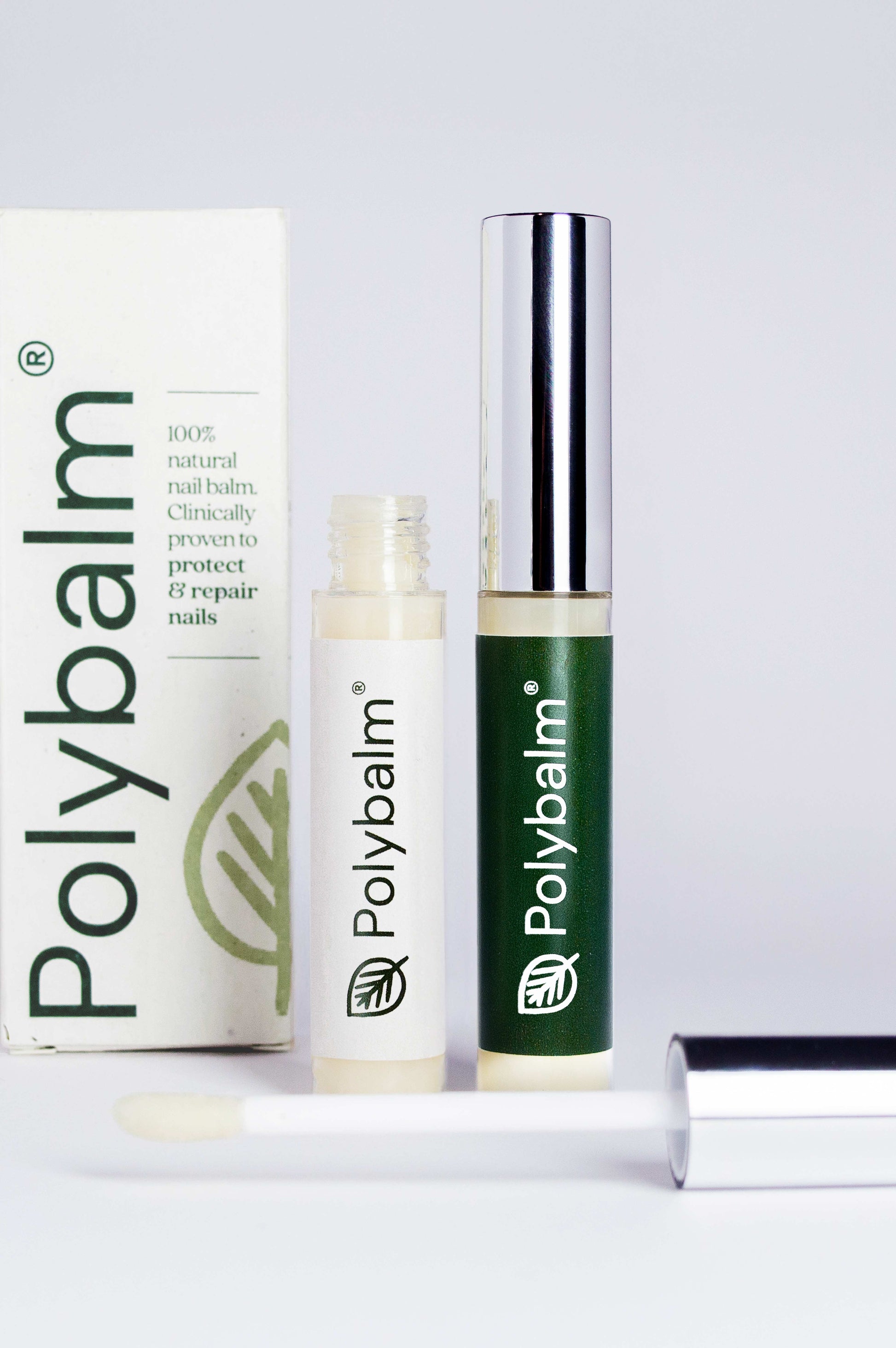
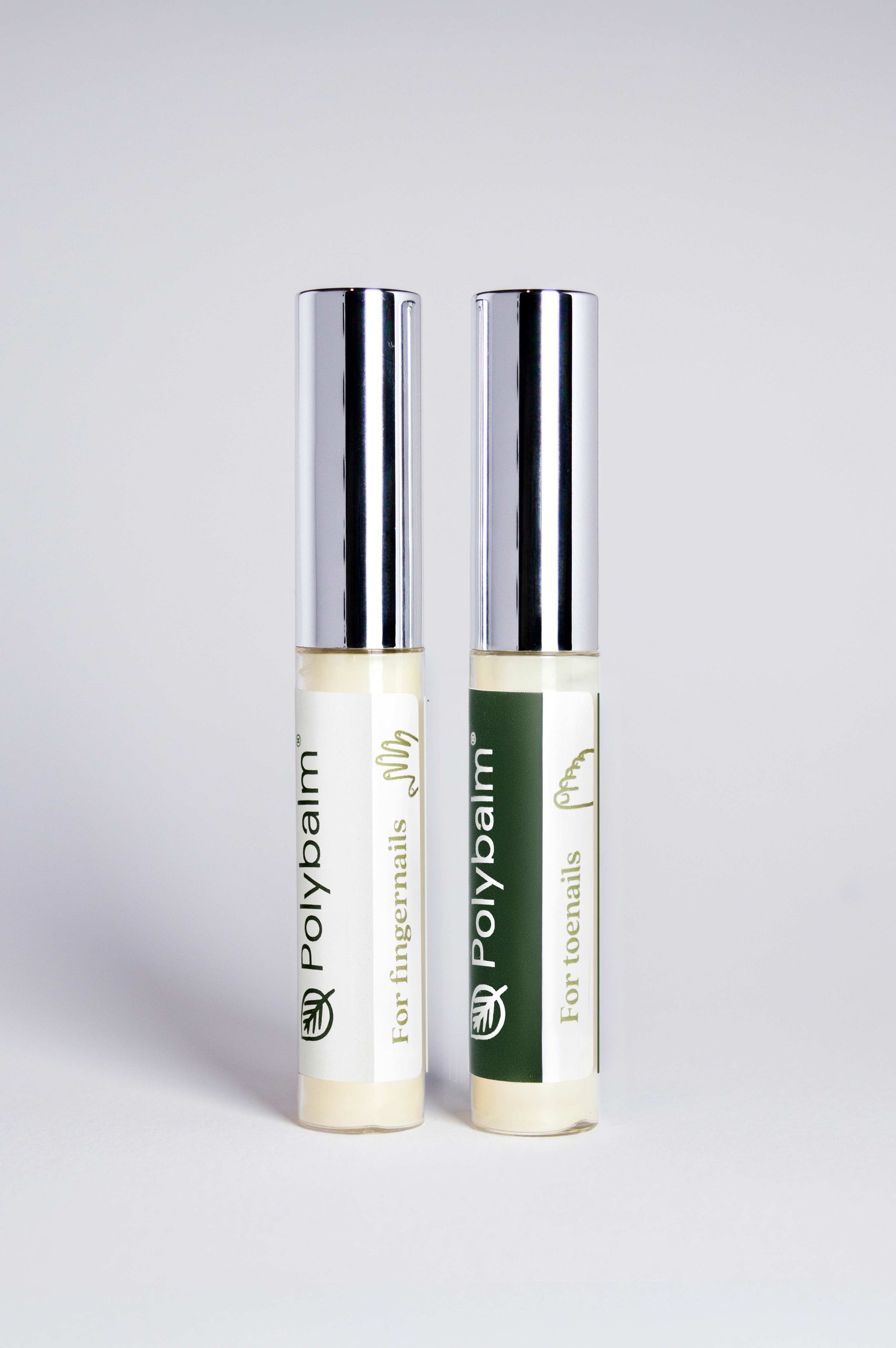
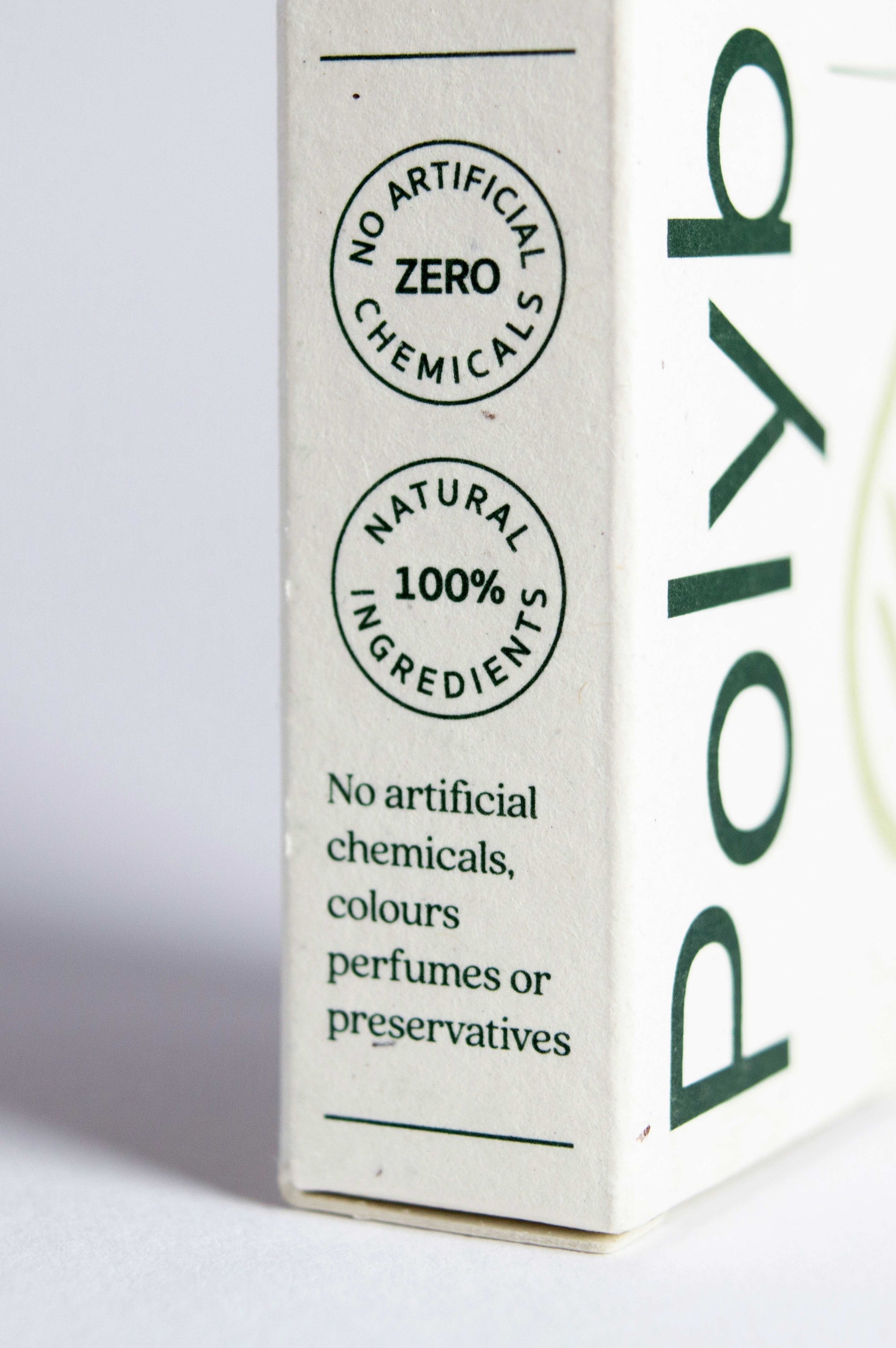
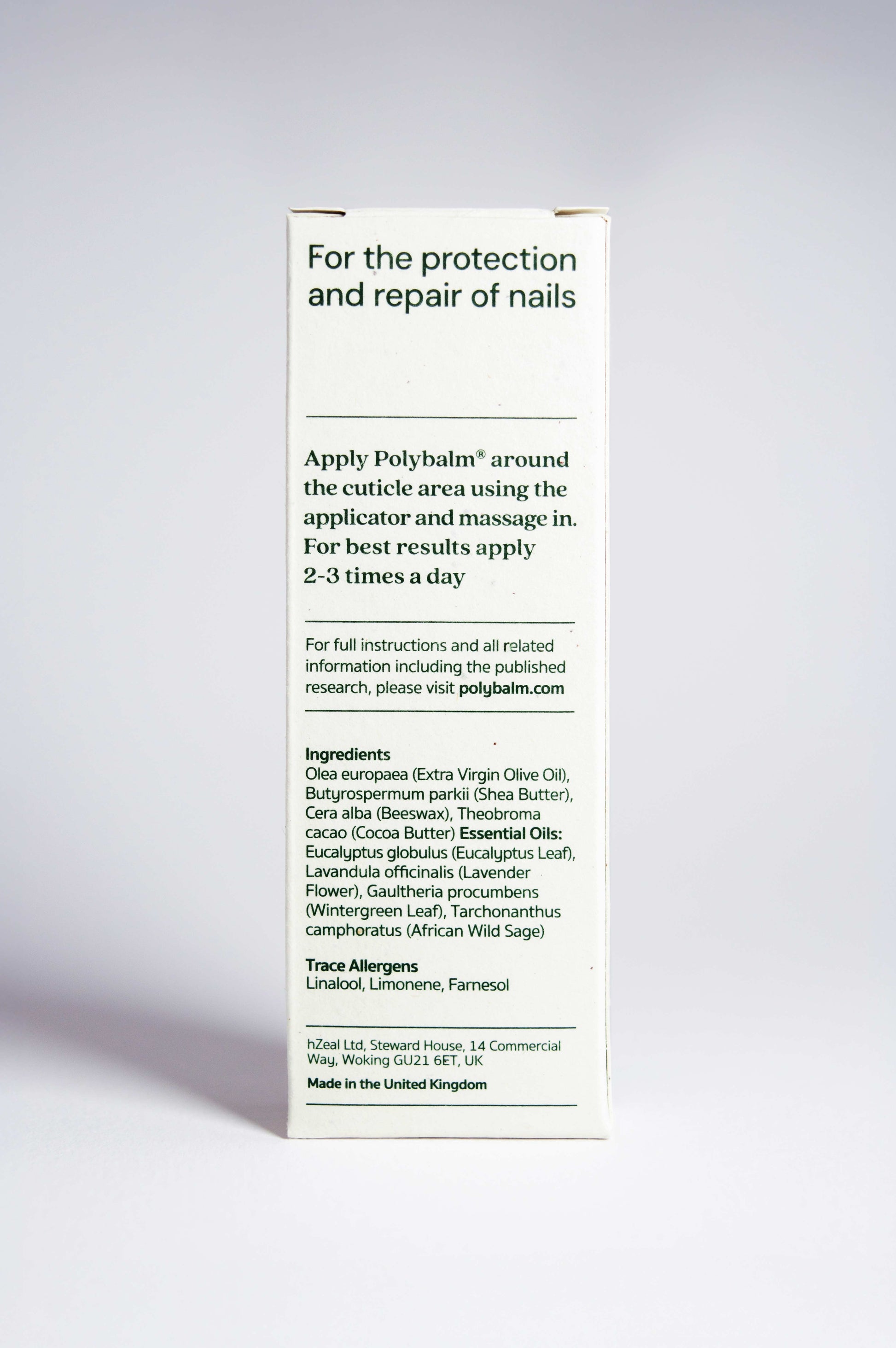
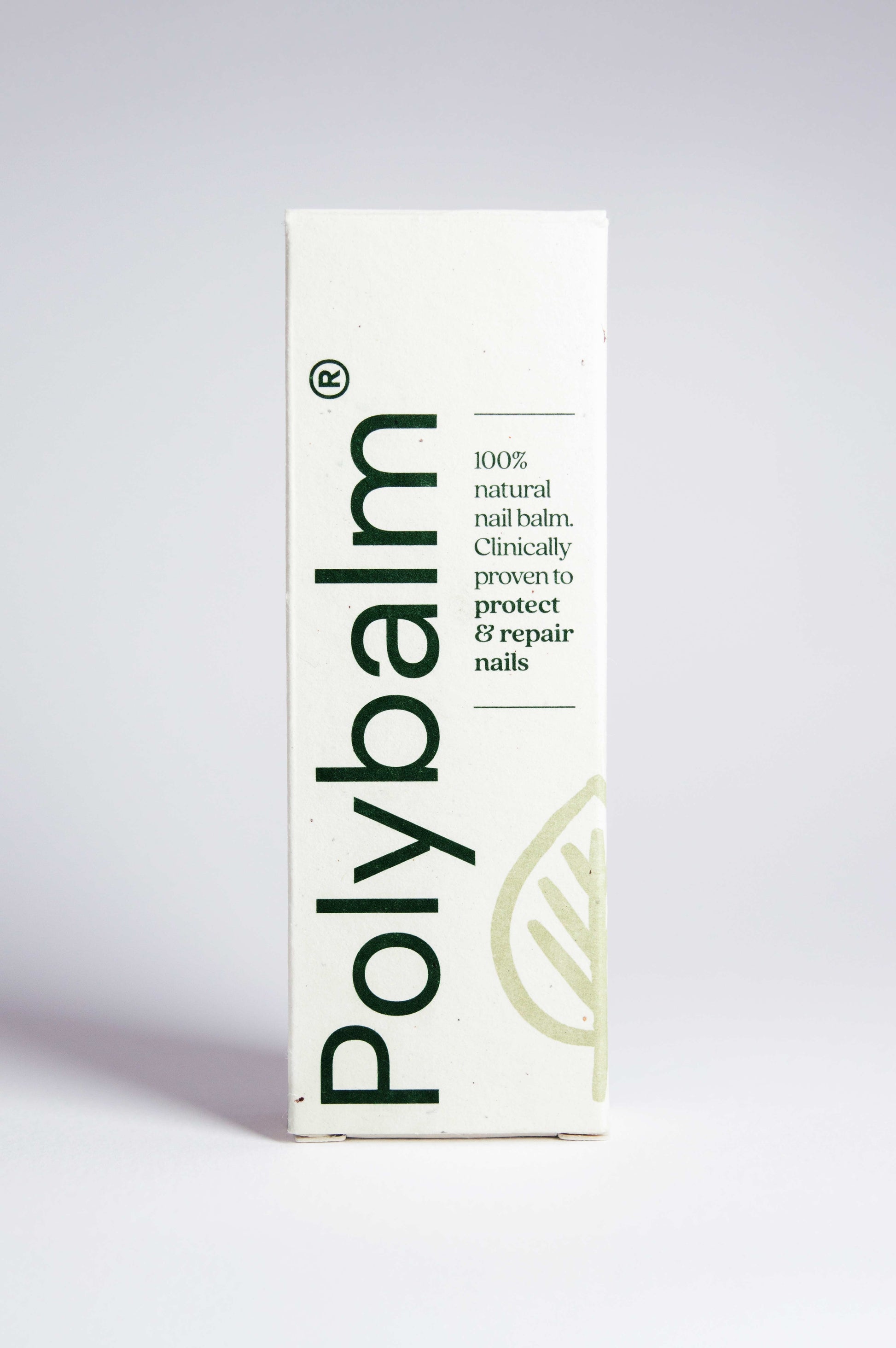

Restore Your Nail Health Today
100% Natural Ingredients
Clinically proven to strengthen, protect, and restore damaged nails. No artificial chemicals, synthetic additives, parabens, perfumes, or preservatives.
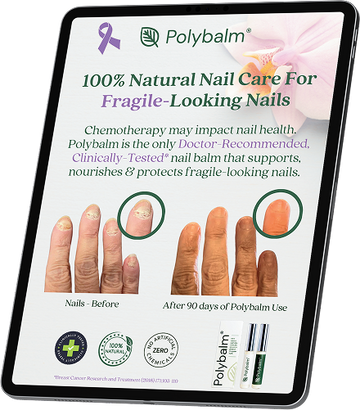
How to Maintain Strong & Healthy Nails
Understanding Chemo-Induced Nail Damage
Learn how cancer treatments affect nail health and what changes to expect
Clinically Proven Solution: The Polybalm® Difference
Discover the 100% natural, doctor-recommended balm tested to protect fragile nails
How to Use Polybalm® for Maximum Benefit
Simple, effective steps to support nail health before, during, and after treatment
Essential Nail Care Tips During Cancer Therapy
Practical advice on hygiene, diet, and protection to minimize nail damage
